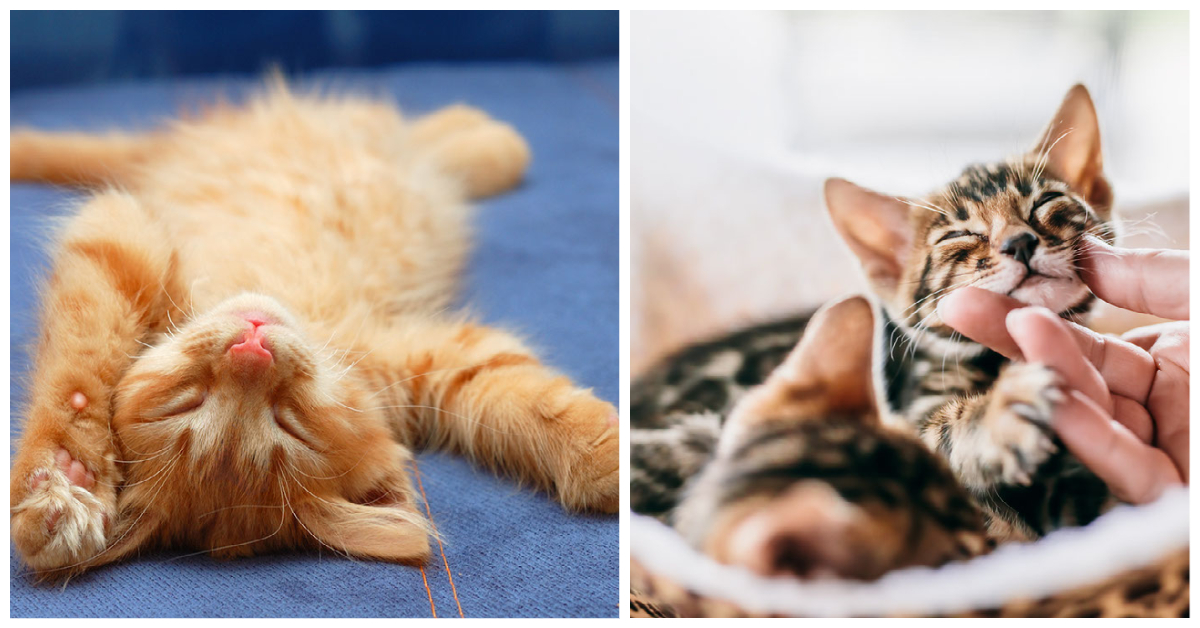Here we take a look at six different reasons why Cats purr and interesting facts about purring. Cats are known for many things, including their playful nature, their love of lounging, and their adorable meows. But perhaps one of their most unique and endearing features is their ability to purr. This low, rumbling sound can often be heard when a cat is content or happy, but there are actually many different reasons why cats purr. Here are some of the most common explanations:
Cats make a purring sound on purpose and research has identified different reasons why cats engage in this behavior. Many humans assume that cats are always happy when they purr and this is not necessarily the case.
6 Reasons Why Cats Purr
1. Cats do purr when they are happy and in a relaxed state – This is probably the most well-known reason why cats purr. When a cat is feeling happy and relaxed, they may begin to purr as a way of expressing their contentment. You may notice your cat purring when they’re lounging in a sunny spot or when they’re being petted and stroked. Cats often purr when humans pet them, leading to an association between purring and pleasure. Observed feline behavior suggests they may also be trying to encourage further interaction and more petting.
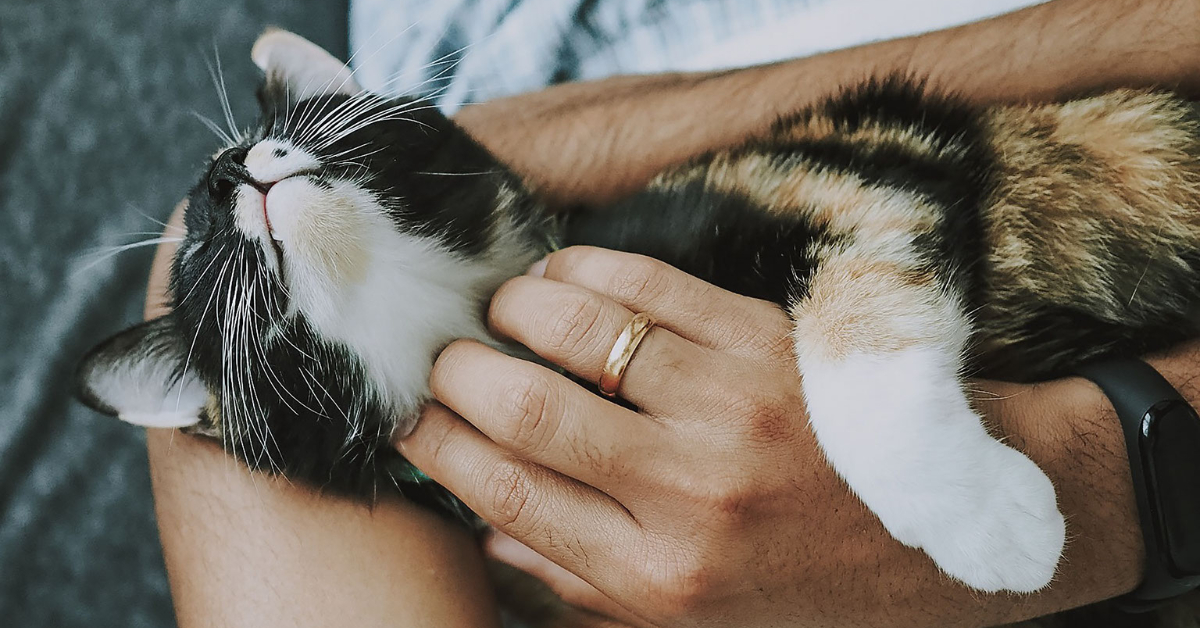
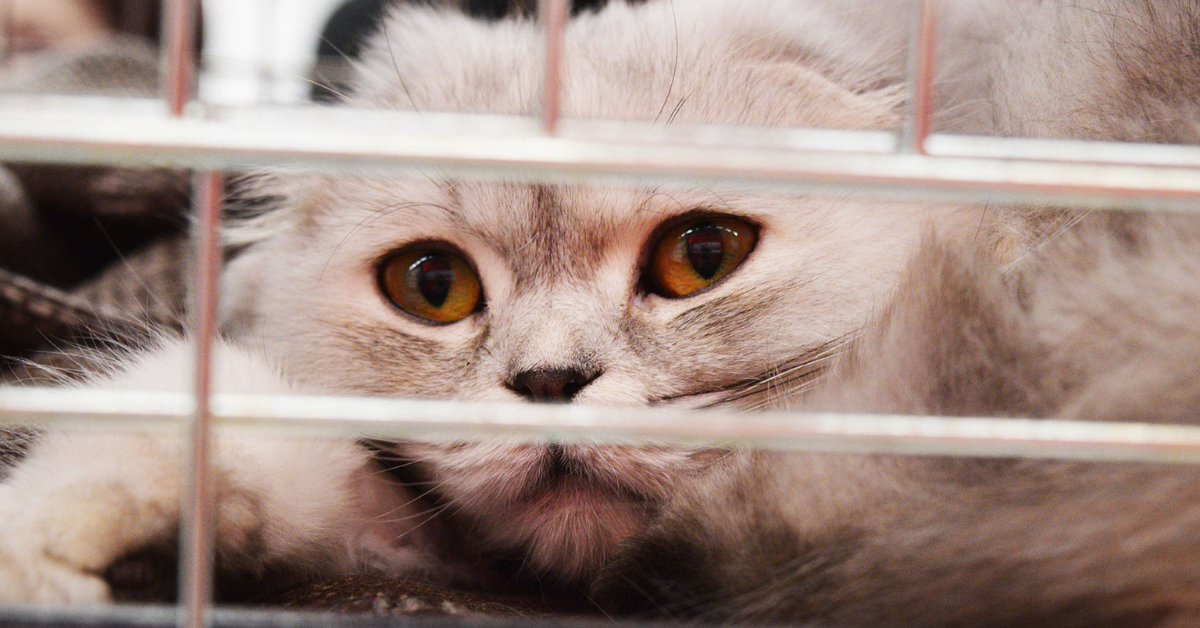
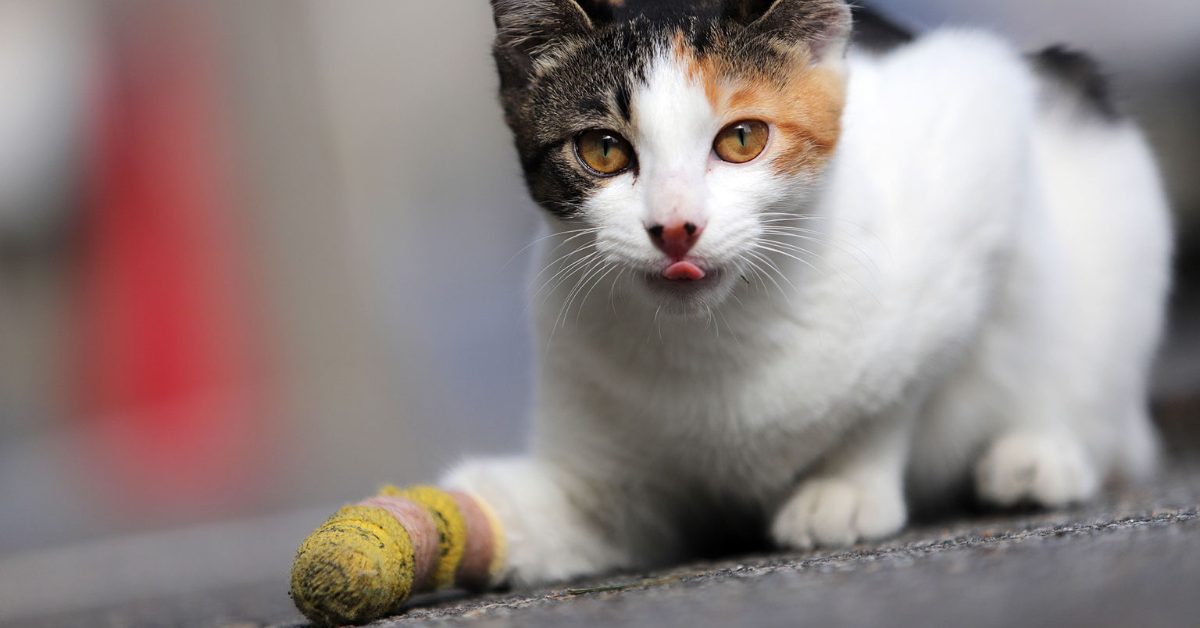
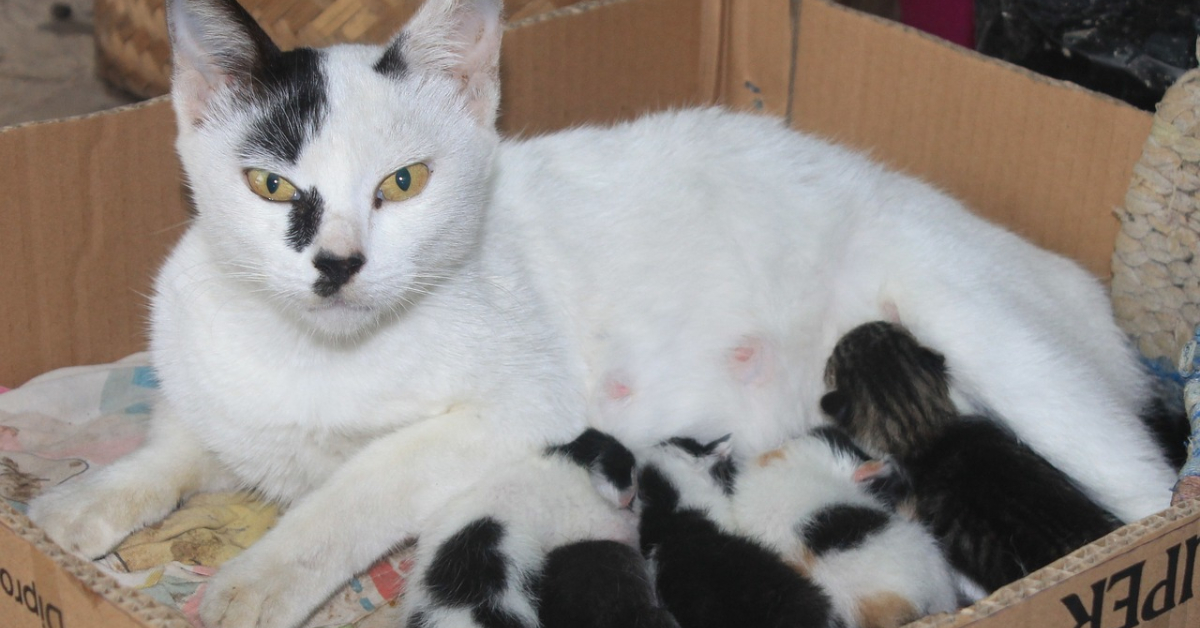
6) Bonding: Finally, purring may also be a way for cats to bond with their humans or other cats. When a cat purrs while being petted or cuddled, they may be expressing their affection and deepening their connection with their owner.
Interesting Facts about Purring
1) Cats produce purring sounds by using their diaphragm to push air back and forth across vibrating nerves in the larynx. While cats breathe, they dilate and constrict the glottis, the area around their vocal cords, in a rapid, rhythmic fashion. Purring occurs in a frequency range between 25 and 150 Hertz. This frequency range aligns with the same frequency that improves healing in humans. Some effects of this sound frequency include: the healing of bone and muscle, reduced risk of heart disease, decreasing blood pressure, and lowering signs of dyspnea or shortness of breath.
2) All domestic cats and most wild cats are born with the ability to purr.
3) Purring is also good for humans – Studies have validated that hanging around a contented, purring cat does a human body good. The soothing sounds of purring can help people fight disease and cope with chronic conditions. Purring has been linked to playing a role in combating high-blood pressure, decreasing stress, conquering feelings of loneliness and even bolstering self confidence.
4) Cats can purr while inhaling and exhaling – this is why a purring session makes a constant sound and can last a long duration without interruption. Purring is possible because of the size and density of the hyoid bone that sits between the tongue and the roof of the mouth or the larynx. The flexibility of this cat bone is what allows the cat to purr when breathing in and out.
5) A 2009 study found that cats can conceal a cry within their purr that triggers a nurturing instinct in their owners (similar to the cries of a human baby). This high-pitched mixture of purring and meowing is what experts labeled a “solicitation purr” and is utilized to gain attention or food.
6) Of course, like most cat behaviors, some cats will purr more than others and there are some cats that will not purr at all.
Remember to “share” the reasons why Cats purr with other cat fans and “subscribe” to our CatFancast Channel on YouTube.
